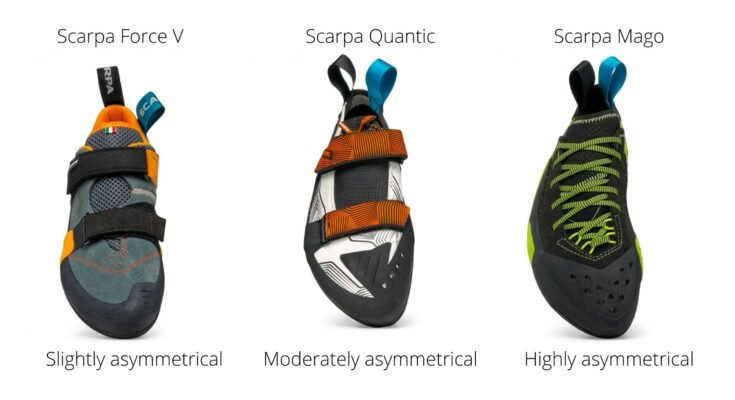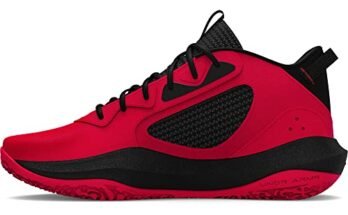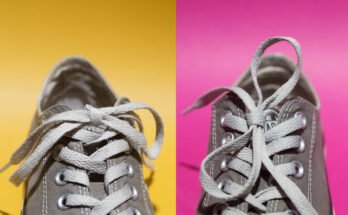When buying climbing shoes, consider fit, type of climbing, shoe material, and closure system. Climbing shoes play a crucial role in your performance and comfort on the rock.
Finding the right pair involves considering various factors to ensure a good fit and optimal performance. Whether you are a beginner or an experienced climber, selecting the right climbing shoes can greatly impact your climbing experience. From the type of climbing you do to the closure system of the shoes, each detail can make a difference in your overall comfort and performance.
By understanding what to look for when buying climbing shoes, you can make an informed decision that will enhance your climbing adventures.
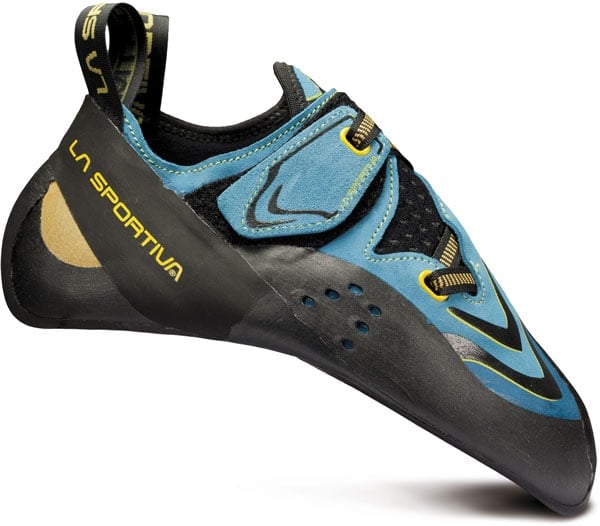
Credit: www.rei.com
Understanding Climbing Shoes
Climbing shoes are specialized footwear designed to provide grip and support while climbing various types of rock surfaces. It is crucial to understand the different types of climbing shoes available and why finding the right fit is essential for a successful climbing experience.
Different Types Of Climbing Shoes
There are three main types of climbing shoes: neutral, moderate, and aggressive. Neutral shoes are comfortable for long climbs, moderate shoes offer a balance of comfort and performance, and aggressive shoes provide maximum precision and power.
Why The Right Fit Is Important
- Proper fit ensures comfort and prevents blisters or injuries.
- A snug fit improves sensitivity and control on the rock.
- Choosing the right size based on climbing style enhances performance.
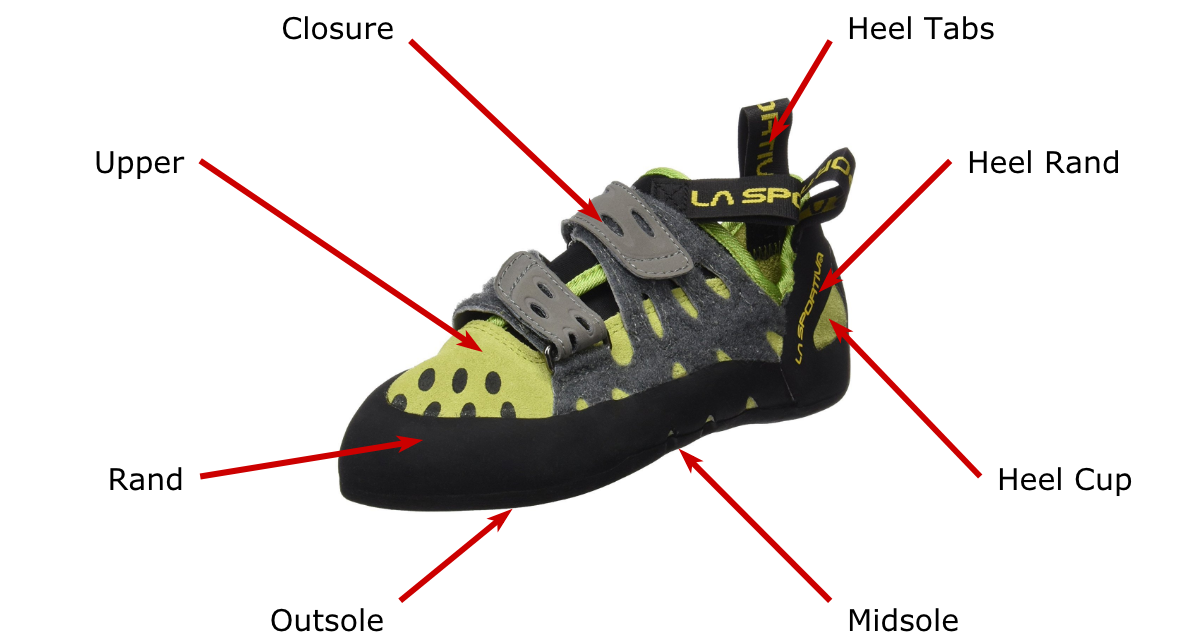
Credit: www.theclimbingguy.com
Sizing And Fit
When it comes to buying climbing shoes, getting the right sizing and fit is crucial for comfort and performance. The right fit can make the difference between a successful climb and a painful experience. Here’s what you need to know about sizing and fit when purchasing climbing shoes.
Importance Of Trying On Climbing Shoes Before Buying
Trying on climbing shoes before purchasing is essential. This allows you to assess the fit, comfort, and performance of the shoes. Each brand and model may have unique sizing and shape, so trying them on ensures you find the best match for your feet.
How To Properly Size Climbing Shoes
Properly sizing climbing shoes involves considering a few key factors. First, understand that climbing shoes are typically sized smaller than regular shoes to ensure a snug fit for better climbing performance. It’s essential to measure both feet and consider any asymmetry or unique characteristics when selecting the size. Additionally, consulting with experienced climbers or professionals can provide valuable insights into the sizing process.
Design And Materials
When buying climbing shoes, understanding the design and materials is crucial to finding the perfect fit for your climbing style and preferences. The design and materials of climbing shoes can greatly impact their performance, comfort, and durability. Here’s what you need to know about the key considerations when it comes to the design and materials of climbing shoes.
Choosing The Right Closure System
The closure system of climbing shoes plays a significant role in determining the fit and adjustability. Climbing shoes typically come with three main closure systems: lace-up, hook-and-loop straps, and slip-on. Each closure system offers its own advantages, with lace-up providing a more customizable fit, hook-and-loop straps offering quick adjustability, and slip-on designs prioritizing convenience and snugness. When selecting a closure system, consider your comfort preferences and the level of adjustability you require for your climbing activities.
Rubber Types And Thickness
The type and thickness of rubber used in climbing shoes are critical factors that influence their performance on different surfaces and holds. Most climbing shoes feature either Vibram or Stealth rubber. Vibram rubber is known for its durability and stiffness, making it suitable for edging and crack climbing, while Stealth rubber offers exceptional friction and sensitivity, making it ideal for smearing and technical climbing. Additionally, the thickness of the rubber sole impacts the shoe’s sensitivity and support. Thinner soles provide better sensitivity for feeling the rock surface, while thicker soles offer more support and durability for rugged terrains. Consider the type and thickness of rubber based on your climbing style and the types of routes you frequently tackle.
Anatomy Of Climbing Shoes
Climbing shoes are engineered with a downturned shape to support the arch and toes, enhancing grip and precision on small footholds. The rubber sole provides friction, while the rand secures the foot during climbs. Understanding these features is crucial when selecting the right pair for your climbing style.
Anatomy of Climbing Shoes Climbing shoes have distinct features that impact performance. Understanding their anatomy is crucial for selecting the right pair.Toe Box Shape
The toe box shape determines comfort and precision. Different shapes cater to various climbing styles and foot sizes.Heel Cup Shape
The heel cup shape affects heel-hooking abilities. A snug fit prevents slippage and enhances stability during climbs.Personal Preferences
Discovering the perfect climbing shoes involves understanding your personal preferences. Consider factors like shoe type, fit, and intended use for a tailored climbing experience. Prioritize comfort and performance to elevate your climbing game.
Comfort Vs Performance
When it comes to climbing shoes, there is often a trade-off between comfort and performance. Shoes that prioritize performance tend to be more aggressive and tight-fitting, providing a better connection to the rock or wall. However, they can also be uncomfortable to wear for extended periods, especially for beginners or those with wider feet. On the other hand, shoes that prioritize comfort tend to have a more relaxed fit, making them suitable for all-day wear. Ultimately, the choice between comfort and performance depends on your level of experience and personal preferences.Aesthetics
While climbing shoes are primarily functional, many climbers also value the aesthetics of their gear. Some may prefer shoes with bright colors or unique designs, while others prefer more understated styles. While aesthetics may not impact the performance of the shoe, feeling confident and comfortable in your gear can help you climb with more ease and focus. Therefore, it’s important to choose a pair of shoes that not only perform well but also make you feel good. In conclusion, when choosing climbing shoes, it’s important to consider your personal preferences, including comfort vs performance and aesthetics. By finding a pair of shoes that align with your individual needs and preferences, you can climb with confidence and comfort, allowing you to focus on your technique and enjoy the climb.
Credit: www.climbingshoereview.com
Caring For Climbing Shoes
Caring for climbing shoes is essential to prolong their lifespan and maintain their performance. Proper care not only ensures a comfortable climbing experience but also helps to preserve the shoe’s rubber, preventing unnecessary wear and tear. Here are some important aspects to consider when it comes to caring for your climbing shoes.
How To Clean Climbing Shoes
Regular cleaning of climbing shoes is crucial to remove dirt, chalk, and sweat that can degrade the rubber and fabric. To clean your climbing shoes:
- Remove excess dirt and debris with a soft-bristled brush or cloth.
- Wipe down the shoes with a damp cloth and mild soap, then rinse thoroughly.
- Air dry the shoes away from direct heat or sunlight to prevent damage to the materials.
When To Resole Climbing Shoes
Resoling climbing shoes is a cost-effective way to extend their life. Signs that indicate the need for a resole include:
- Visible wear on the sole, especially around high-pressure areas such as the toe and heel.
- Decreased sensitivity and performance due to thinning rubber.
- Exposed or worn-down rand rubber, which can compromise the shoe’s structure and grip.
Regular cleaning and proper storage can help prevent premature wear and prolong the time between resoling.
Cost And Budget
When buying climbing shoes, considering the cost and budget is crucial. Let’s delve into how to determine your budget and ensure you get value for your money.
Determining Your Budget
Before purchasing climbing shoes, assess your financial limits and set a reasonable budget.
Value For Money
Ensure that the climbing shoes you choose provide excellent quality and durability for the price you pay.
Frequently Asked Questions
What To Think About When Buying Climbing Shoes?
Consider fit, type of climbing, shoe material, closure system, and budget when purchasing climbing shoes.
How Much Should I Spend On My First Pair Of Climbing Shoes?
For your first pair of climbing shoes, aim to spend around $80 to $150. Quality matters for comfort and performance.
Should You Buy Climbing Shoes A Size Smaller?
Choose climbing shoes one size smaller for a snug fit to improve performance and sensitivity while climbing.
Should My Toes Be Curled In Climbing Shoes?
Yes, your toes should be slightly curled in climbing shoes for better grip and precision.
Conclusion
Choosing the right climbing shoes is crucial for your performance and safety. Consider factors like fit, type of climbing, and shoe materials. Researching and trying on different options will help you make an informed decision. Ultimately, finding the perfect pair will enhance your climbing experience and help you reach new heights.
